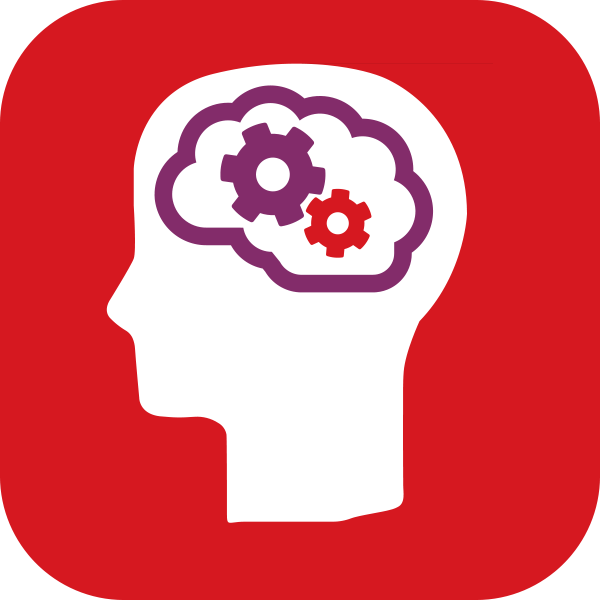“ ”
In depth admissions information
The school uses GL Education’s Cognitive Abilities Test (CAT4) as part of its admission process. This is an assessment of reasoning ability that can identify where a student’s strengths lie, free from the constraint of a particular curriculum.
A particular benefit of CAT4 for international schools is that it does not rely on children speaking English as their first language, providing an unbiased benchmark for identifying potential.
Brian tells us more: “In Hong Kong, parents are competitive about finding the best school for their children so we receive a large number of applications. However, more than half our pupils do not speak English as their first language, so verbal and literacy standards can vary widely from child to child. Using CAT4 for admissions from Year 3 onwards is the first step to making sure we are able to meet the needs of everyone who joins.”
CAT4 provides insights into four distinct areas or batteries – verbal, non-verbal, quantitative and spatial – as compared to the national average. Brian goes on: “We get invaluable information on each child, including the true capacity of an EAL learner. For example, if they are weak in the verbal assessment, but medium to strong in the other batteries, we know that with some language support we’ll be able to help them make good progress.”
Identifying underlying issues
As Nord Anglia International School is non-selective, staff are trained to be mindful of openly identifying children with learning difficulties.
Brian explains: “It is often very difficult for parents to recognise or accept that their child has a learning need to be addressed. They worry about how their child will be perceived or treated by others. For example, one pupil was asked to leave her previous school when she was diagnosed with dyslexia.
We would prefer to know if there is an underlying difficulty in advance so that we can make provision. However, if a parent doesn’t mention a problem, using CAT4 at the point of admission is a good indicator that there may be an issue. We can then make sure our school is the right place for that child, and that we have the necessary expertise and resources to address their needs.”
“ ”
“ ”
Highlighting additional support needs
Throughout the school, staff use the term ‘Additional Support Needs’ rather than ‘Special Educational Needs’.
Brian explains: “It highlights our belief that all children require additional help at some point in their education. It might be because of an on-going learning difficulty or it could be temporary, owing to illness or bereavement. And let’s not forget the additional needs of those who are gifted and talented. These children run the risk of being ignored to some extent as they are bound to succeed – but, by using CAT4 to aid identification, we’re able to make sure everyone reaches their fullest potential.”
One thing Brian particularly likes about CAT4 is that it can reveal hidden aptitude. “At a previous school, for example, two girls in the bottom set of maths surprised us all when they achieved phenomenally well in the CAT4 quantitative test. It turns out they were bored rigid and deliberately failing exams. Once we discovered this we were able to enter them into maths competitions to win prizes, boost their confidence and get them recognition for their achievements. Without CAT4, we would never have picked this up.”
Delivering personalised learning
In addition to re-testing with CAT4 in Years 4, 6 and 9, teachers are using the Progress Test in English (PTE) and Progress Test in Maths (PTM) – which assess skills and comprehension – to check where the gaps in learning are and what needs to be addressed.
Brian explains: “I handpicked the staff for this school, and they are fantastic – collaborative, enthusiastic and forward-thinking. They don’t want to waste time going over areas that children have already understood well. They want to plan great lessons based on their professional judgement of what is needed and reinforced by results from the Progress Test Series (PT Series).
The assessments help track progress and set challenging but realistic targets, tailored to the individual and based on hard evidence. Instead of low expectations for those with learning difficulties, we can concentrate on boosting their confidence with measurable targets to ensure everyone achieves as much as they can.
Previously I’ve seen around a 16% increase in 5 A*–C GCSE passes thanks to CAT4, so I would expect to see a similar situation here eventually. The data certainly provides a very strong narrative for our journey so far. For example, if the board ask me about our targets for reading and writing, I’m able to show them information from last year’s PTE, against where we are now. If I compare that against CAT4 results, I’m also able to prove the value our teaching adds.”

Analysing the results
As a busy principal, Brian relies on this robust data to give him a solid overview.
He explains: “Having used these assessments for more than 15 years in various different schools around the world, I have a high degree of confidence in their validity and reliability. They provide reassurance without allowing us to be complacent that we always have it right.
Next year, we’re hoping to carry out the pupil attitudinal survey PASS, to see how positively our students feel about their capacity to learn here. Mapping the results against the PT Series and CAT4 will be the last piece of the jigsaw.”


